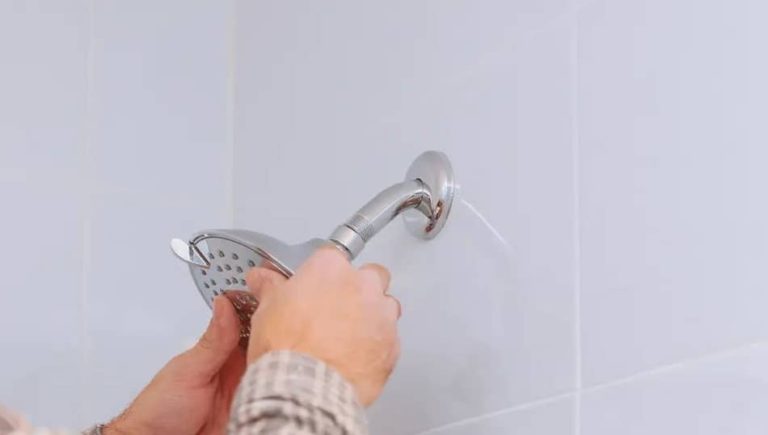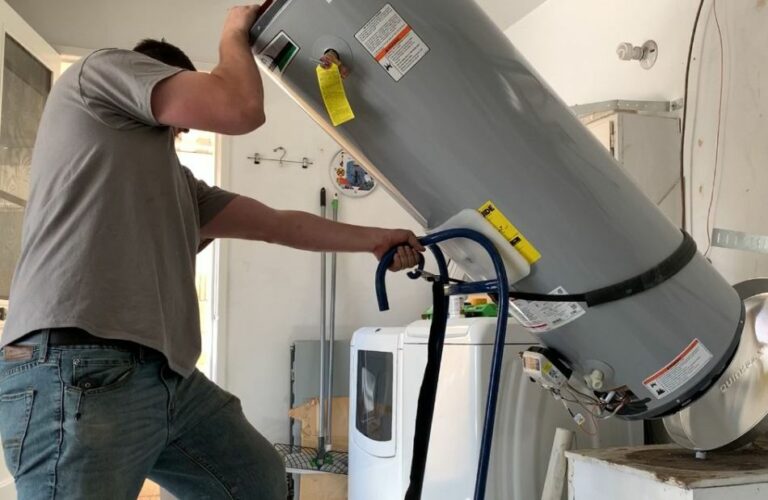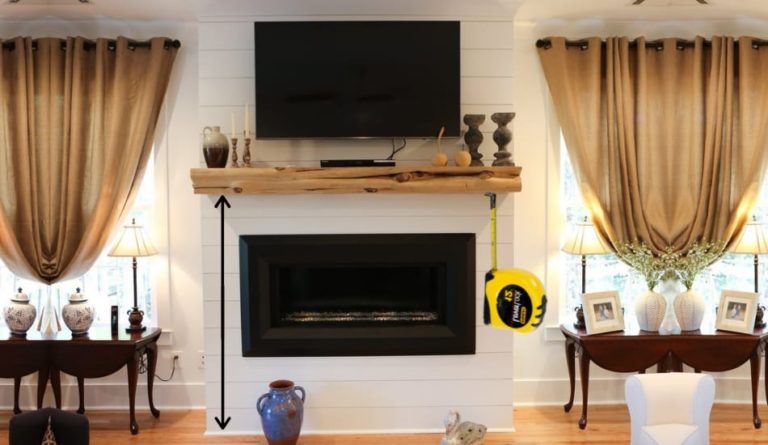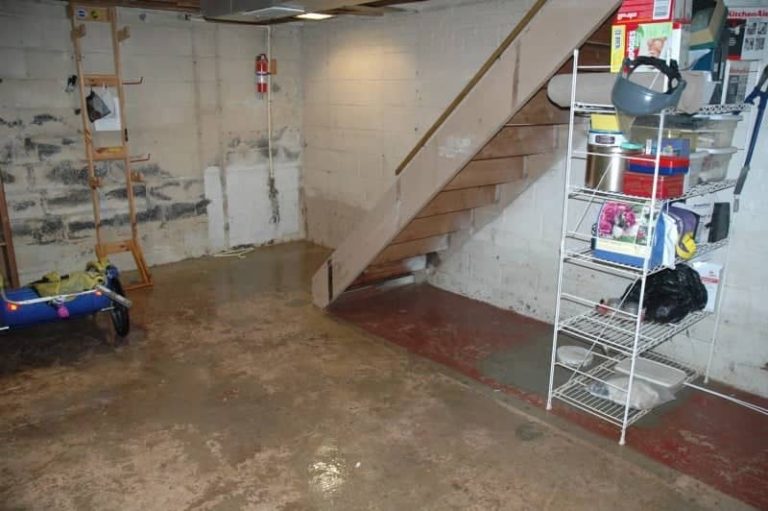Can You Vent a Bathroom Fan Through The Soffit?
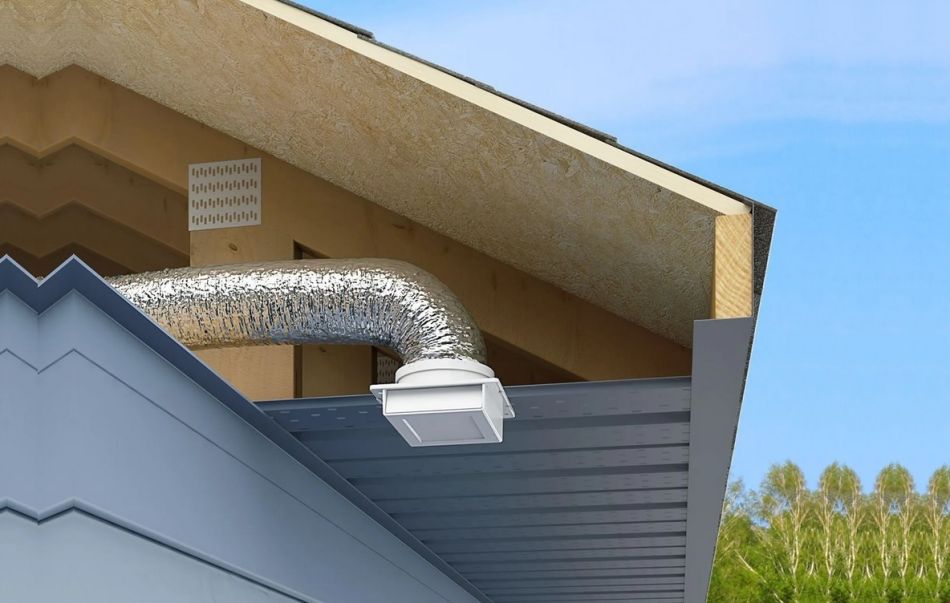
The ventilation system is an important part of every home. It ensures good airflow throughout the house, which is usually done by the HAVC system. As the bathroom is one of the rooms where moisture accumulates the most, the question arises whether it is possible to vent a bathroom through the soffit? In this article, we’ll talk about that. So, let’s start!
Can You Vent A Bathroom Fan Through The Soffit? A bathroom fan can be used to vent through the soffit. However, during installation, it is necessary to pay attention to choosing the suitable duct hose and the right material. Warm air from a bathroom must be properly ventilated through the soffit to avoid moisture under the roof.
If you are looking for an ideal spot that will serve as a ventilation opening in your house, consider the soffit. Maybe that’s the solution to your problem. If you want to learn more about this topic and see all the advantages and disadvantages of venting your bathroom that way, continue reading.
Table of Contents
What Is A Soffit?
To better understand this topic, we should first familiarize ourselves with what a soffit actually is. A Soffit is a panel that represents the final surface under the roof’s edge that extends outside, over the house’s outer wall. If your house has a sloping roof, chances are it also has a soffit.
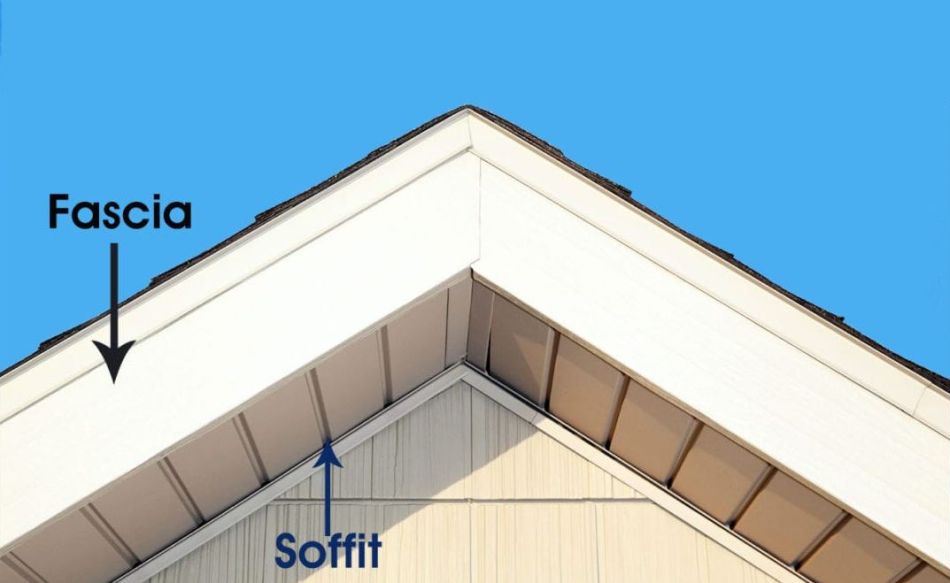
Although at first glance, it seems that the soffit is only a decorative part of the roof, it is not so. Its main purpose is to prevent moisture accumulation in the attic and protect your house from high-temperature changes. Also, the soffit can be used as a convenient location for the ventilation opening.
Things To Consider When Venting a Bathroom Fan Through Soffit
Here are some basic things you need to consider before venting a bathroom fan through your soffit.
1. Choose The Appropriate Duct Hose
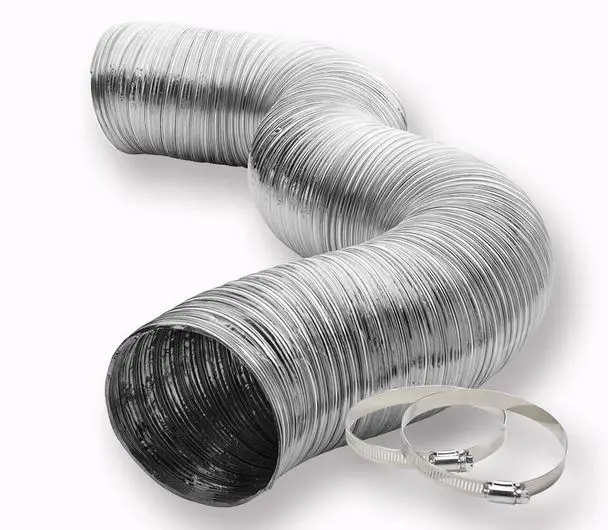
No matter how well you make an opening on the soffit to ventilate the bathroom, the bathroom fan will not be able to do its job if you do not match it with the appropriate duct hose. There are different duct hose sizes, so buying the model that fits your fan is important. Duct hoses of 4”, 5”, or 6 inches are usually installed in new bathrooms today. Keep in mind that duct hoses of 3 inches used to be the standard, and you should pay attention if you are connecting an old fan to the soffit for the first time.
2. Choose The Right Duct Hose Material
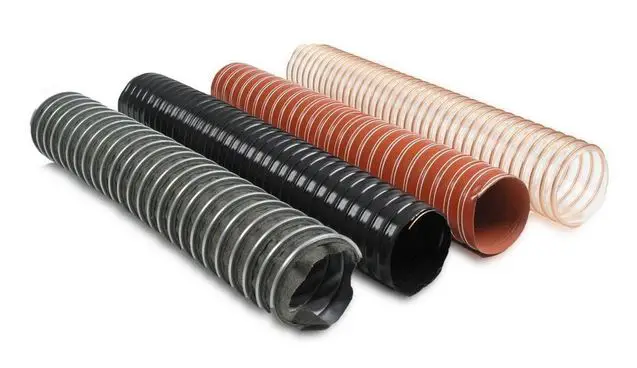
Duct hoses are made from different materials. Each of them has its advantages and disadvantages. The most common material from which duct hoses are made is metal and PVC.
- Metal Duct Hose – The largest offer of metal duct hoses is made of aluminum foil and stainless steel. They are a good choice if you live in an area with mild winters and long summers since metal hoses retain heat which can cause condensation to drip back into the bathroom.
- PVC Duct Hose – A big advantage of PVC hoses is that they can be bent, which makes them much easier to install. The soffit is not an easily accessible location to do any work, so it helps when you can quickly and easily fit the pipe into the opening. PVC hoses can also be purchased in solid and stretchable versions, and in both cases, they are an excellent choice if you live in an area with hard winters because they are not susceptible to freezing.
3. Pay Attention To Insulation
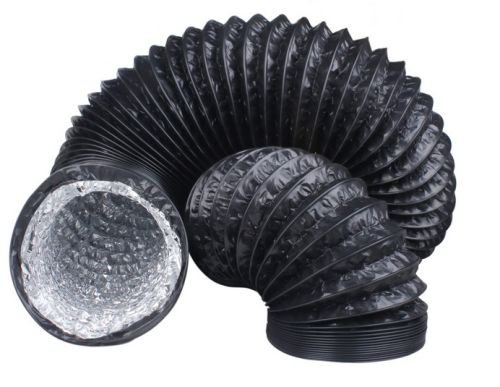
If you have a larger budget available for the project of installing a vent through the soffit, it is recommended that you get insulated duct hoses. This is especially the case if the winters are long and hard in your place. When the pipes are not insulated, a big difference in temperature outside and in the pipe can cause condensation to drip back into the bathroom.
4. Proper Duct Hose Installation
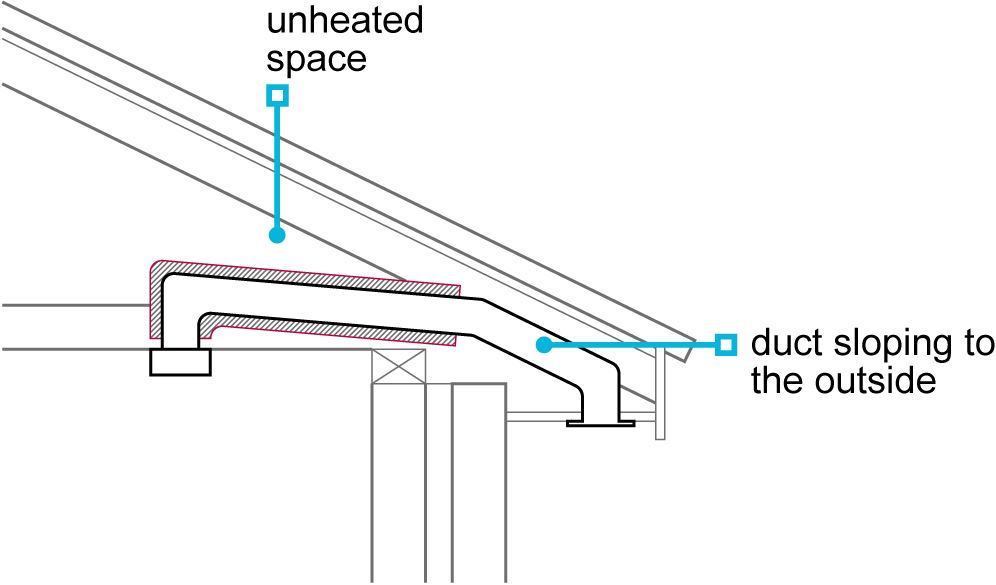
To successfully vent a bathroom and get rid of the moist air, special attention should be paid to the position of the duct hose. The duct hose should be installed whenever possible so that it stands upright and extends as far as possible in one direction. Bending should be avoided because it creates obstacles to airflow.
Although some still use the old ways of installing the duct hose in the opposite direction, down to the bathroom, it is recommended that you do not do this because it can easily happen that, over time, your ceiling gets soaked with moisture and collapses!
Why Should Venting Into the Soffit Be Avoided?
If you noticed that your neighbor or relative vents the bathroom directly into the soffit without an opening leading out, you may wonder if this is simpler than drilling a hole in the soffit. The answer is – a big NO! Besides venting air from the bathroom to the soffit being against all building codes, it is also harmful to the roof of your house in the long run.
The purpose of bathroom ventilation is to get rid of moist air that damages the walls and fixtures in that room. If that moist air stays inside the soffit, it can damage the structure of your roof and even the entire house. Moisture can destroy the whole soffit and cause extensive damage that is expensive to repair. Therefore, never connect the exhaust vent to the soffit if the soffit does not have an external opening!
If you want to learn more about this topic, be sure to watch this YouTube video:
For those with a moisture problem in their bathrooms, read Why Do Bathroom Walls Sweat Yellow? (How To Prevent It).
Advantages Of Venting a Bathroom Fan Through The Soffit
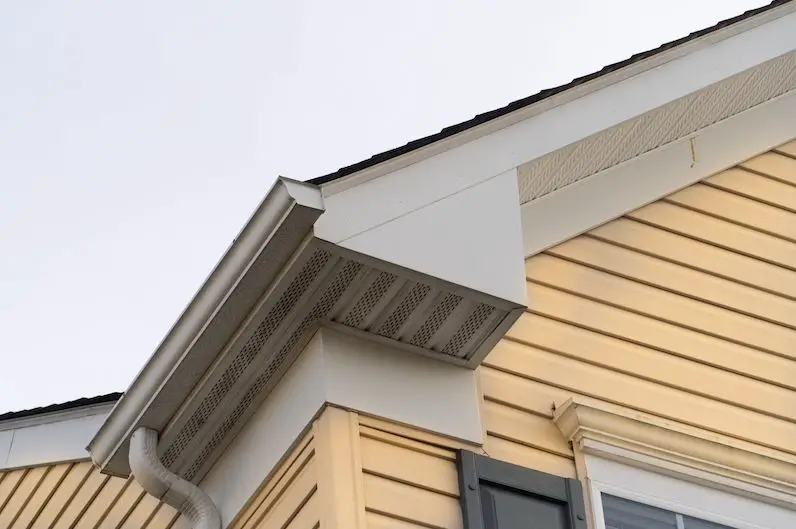
Installing a vent system from the bathroom through the soffit has numerous advantages. Let’s see together what they are.
It Keeps The Cold Air Outside
When the ventilation in the bathroom is arranged so that moist air leaves the room through the soffit, then you will have good insulation. The system prevents the return of cold air from the outside into your home. This is great in the winter months! This is because the pipes towards the soffit are usually placed horizontally, which means that air pockets are formed inside the system and serve as insulators.
Shorter Duct Length
It is easy to install a bathroom exhaust hose through an opening in the ceiling straight to the soffit, especially when the exhaust vent is placed in a way that the exhaust hose is linear. If we consider alternative solutions that often require drilling holes in the house’s outer wall, it really is a good choice.
Back-drafting Of Air Is Blocked
Suppose you have lived in a house that had a ventilation opening in the bathroom through the wall. In that case, you know that in this option, there is always the possibility that the system will be completely blocked on windy days due to strong gusts of air from outside to the bathroom’s interior. There is no fear that this can happen when the ventilation opening is going through the soffit.
How can wind from a wall vent stop ventilation?
When, at the same time, the fan tries to expel moist air from the bathroom, and the side gust of wind towards the outer wall where the ventilation opening is blowing, proper ventilation can be interrupted. An additional danger is that the fan can overheat from the unsuccessful effort to expel the air outside the bathroom.
It doesn’t Require Drilling A Hole
Venting through the soffit doesn’t require drilling a hole. Just as it is recommended to always avoid drilling holes in the house’s exterior walls, this also applies to drilling holes in the roof. However, you would not believe how many people embark on the venture of drilling a ventilation opening on the roof of the house. Such a move should be avoided because it can potentially cause roof leaks and flooding in the house. It is much smarter to make the opening for the bathroom vent on the soffit.
When You Should Not Vent Through The Soffit?
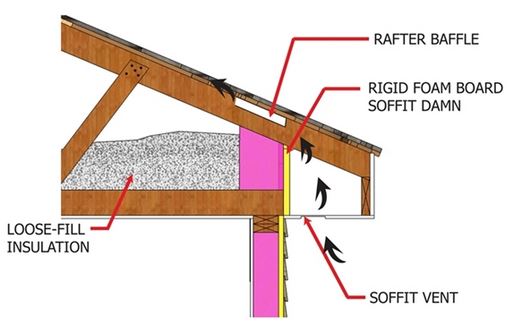
It is not recommended to vent a bathroom fan through a soffit if you have a distance of less than 10 feet from the spot where air enters the house. Then the vent loses its purpose. It will only transfer moist air from one room to another. Therefore, take this into account when installing ventilation in your bathroom.
Can Venting Be Done Through The Wall Or Roof?
Many people decide to ventilate the bathroom through the roof or the wall. It cannot be said that it is not an efficient system. However, it should also be noted that it is a ventilation method with many disadvantages.
The biggest disadvantage of bathroom venting through the roof or wall is the unnecessary drilling of holes in places where they can cause more harm than good. The vent hole in the wall can sometimes damage the statics. In addition, if one wall of the bathroom is not an external wall, it means drilling more than one hole.
Any hole in the roof can cause water to leak through the entire house. It is especially dangerous to make a vent opening on the roof of the house if you live in an area where snow that remains on the roof is common in the winter months. It could happen that the pressure of the snow cover fills the ventilation hole, and your attic will be flooded with snow.
Can Moist Air Come Back Through The Soffit?
When the work of connecting the ventilation system to the soffit is done properly, there is no fear that the moist air from the bathroom could end up in the attic and cause any damage. That is why special attention must be paid to the solid seal of the duct hose at both ends. Inspecting the connections periodically to ensure the seal has not been damaged is not a bad idea.
If you have a bathroom that doesn’t have windows, then you might be interested to learn How to Ventilate a Bathroom Without A Window Properly?
Final Thoughts
Using the soffit for bathroom ventilation is a good idea if your roof is in good condition and if it is possible to easily run a duct hose from the exhaust fan to the soffit. This way, you can effectively get rid of moist air without drilling unnecessary holes in the walls. Before constructing a ventilation opening in the soffit, it is recommended that you inspect the soffit thoroughly, and it is not a bad idea to call an expert for an assessment.


